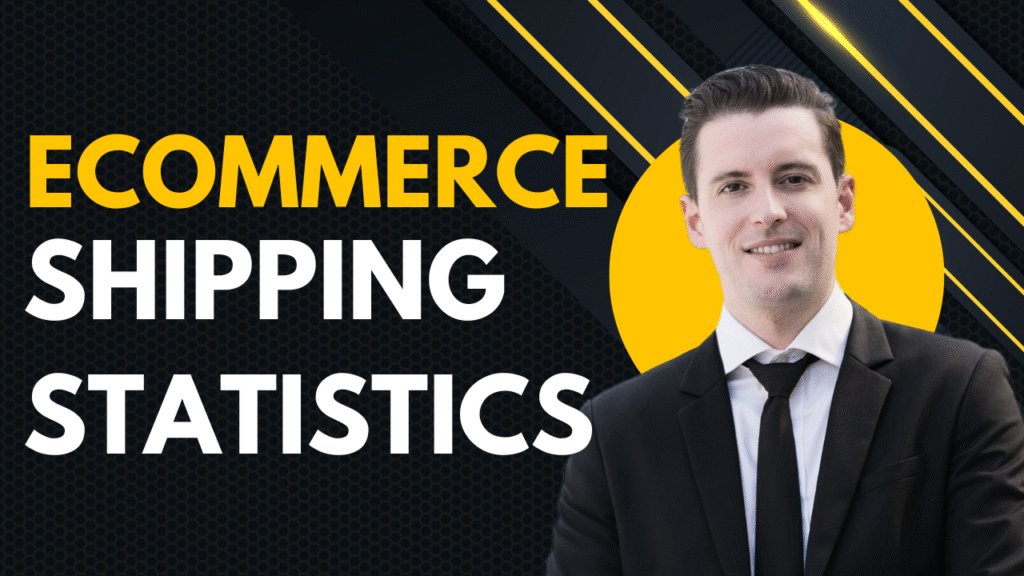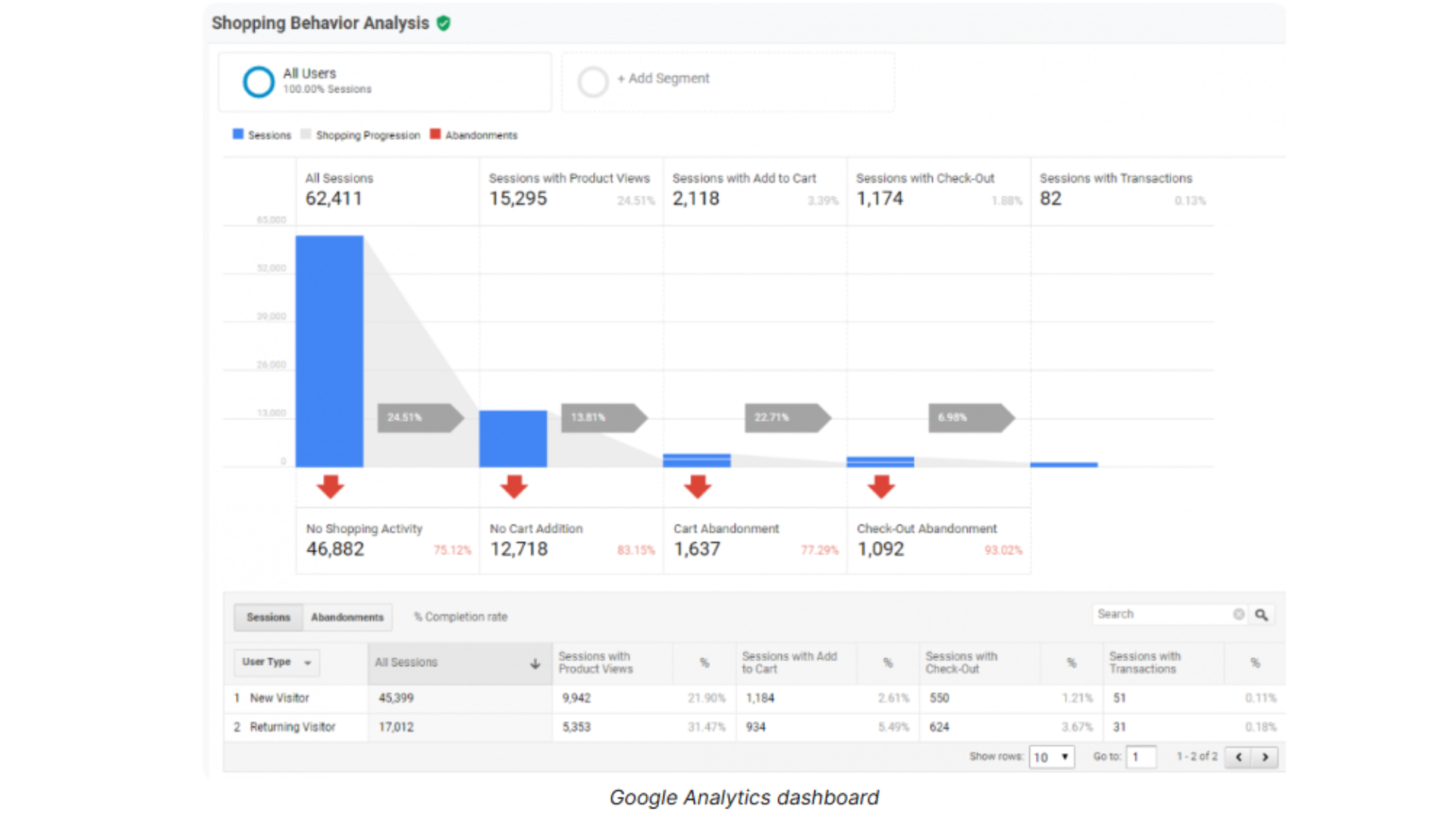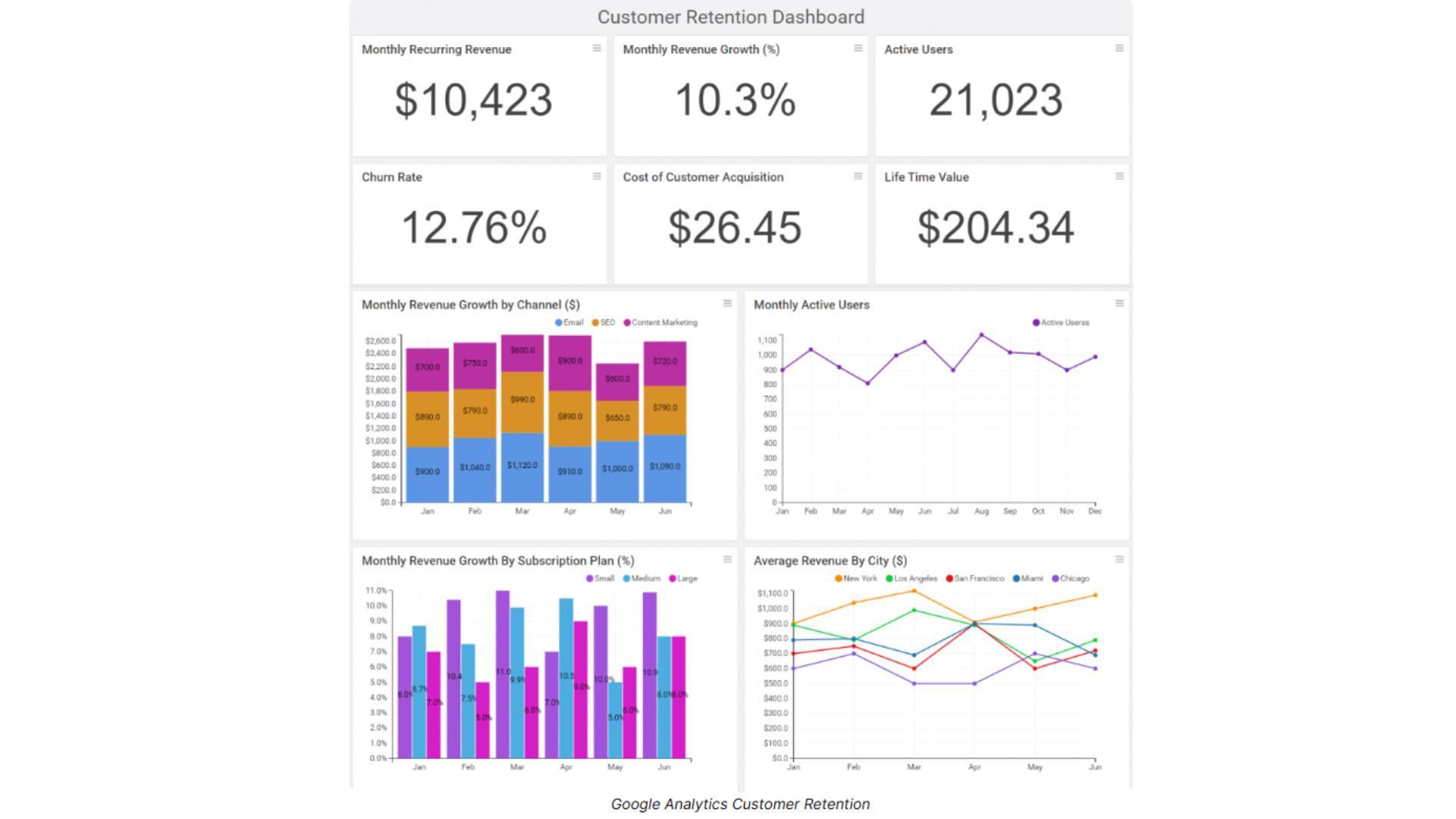- blog
- Cold Emailing
- Ecommerce Shipping Statistics 2025: 42 Key Stats for Success

Ecommerce Shipping Statistics That Drive Sales Success (2025 Data)
Table of Contents
In the fast-paced world of ecommerce, shipping decisions can make or break your sales. Whether you’re a Business Development Representative (BDR) or Account Executive (AE) working with online retailers, understanding these critical ecommerce shipping statistics will transform how you approach prospects and close deals.
The numbers don’t lie: 42% of all eCommerce transactions in the U.S. now include free shipping, and the businesses that master shipping strategy are leaving their competitors in the dust. This comprehensive guide reveals the shipping insights that separate successful ecommerce businesses from the struggling ones.
eCommerce Free Shipping Statistics (Top Picks)
42% of all eCommerce transactions in the U.S. include free shipping
Free shipping has evolved from a nice-to-have perk to a competitive necessity. With 42% of all U.S. ecommerce transactions already featuring free delivery, this isn’t just a trend—it’s the new baseline expectation.
Here’s what makes this statistic even more powerful: 70% of consumers actively prefer free shipping when shopping online, and for 45% of shoppers, free delivery is their primary motivation for choosing online retail over brick-and-mortar stores.
For ecommerce businesses struggling with low conversion rates, the message is clear: if you’re not offering free shipping in some capacity, you’re fighting an uphill battle against competitors who do.
48% of online shoppers abandon their cart due to extra shipping costs
This is where things get expensive—fast. Shopping cart abandonment statistics reveal that unexpected shipping costs are the #1 reason customers bail at checkout, affecting nearly half of all potential sales.
The psychology behind this is fascinating: customers invest time browsing and selecting products, then feel deceived when hit with surprise costs at the final step. It’s not just about the money—it’s about trust and transparency.
Table: Top Reasons for Shopping Cart Abandonment
Reason for Abandonment | Percentage of Shoppers |
Extra costs too high (shipping, tax, fees) | 48% |
Site wanted me to create an account | 26% |
Delivery was too slow | 23% |
Couldn’t see/calculate total cost upfront | 21% |
Looking to reach ecommerce prospects struggling with cart abandonment? Build targeted cold email campaigns that address their specific pain points with Salesso’s advanced email finding and automation tools. Start Free Trial
82% of shoppers will wait extra time to get free shipping
Speed isn’t everything—value wins. This statistic reveals a crucial insight: consumers are willing to trade convenience for cost savings. Over 80% of customers will accept longer delivery times if it means avoiding shipping fees.
This patience extends even further internationally, where 51% of Gen Z and 49% of Gen X consumers are willing to wait up to seven days for international free shipping.
Younger generations show more patience for international free shipping
Age matters when it comes to shipping expectations. The data shows interesting generational differences:
Table: Generational Patience for Free International Shipping (Up to 7 Days)
Generation | Willingness to Wait |
Gen Z | 51% |
Gen X | 49% |
Baby Boomers | 44% |
Key takeaway: If your prospects target younger demographics, they have more flexibility in offering slower, free shipping options without losing customers.
65.4% of online retailers offer free shipping with conditions
Smart retailers have found the sweet spot: conditional free shipping. Rather than absorbing shipping costs on every order, most successful ecommerce businesses (65.4%) offer free shipping when customers meet specific criteria like minimum order values or membership programs.
Only 17.5% of retailers offer completely free shipping on all orders—a strategy that often hurts profit margins without providing proportional benefits.
80% of customers will meet minimum purchase thresholds for free shipping
Here’s where the magic happens: 80% of shoppers are willing to add items to their cart to qualify for free shipping. This behavior drives significant increases in average order value (AOV) and transforms shipping from a cost center into a profit driver.
The psychology is powerful—customers frame additional spending as “earning” free shipping rather than simply spending more money.
Table: What Consumers Do to Get Free Shipping
Action Taken by Consumer | Percentage |
Willing to meet minimum threshold | 80% |
Add items to cart | 58% |
Choose slowest transit time | 50% |
Search for promo codes | 47% |
Join loyalty programs | 31% |
37% of retailers increased their AOV by providing free shipping
The ROI on free shipping can be substantial. Retailers offering free shipping report AOV increases of 15-30%, with some seeing average order boosts of $7-$22 per transaction.
When a retailer’s average shipping cost is $5 but free shipping drives a $15 increase in order value, the math is simple: free shipping becomes profitable shipping.
Ready to help ecommerce businesses optimize their customer outreach and increase sales? Salesso’s email finder and cold outreach platform helps retailers connect with high-value prospects and recover abandoned carts through targeted email campaigns. Get Started
72% of B2B retailers prioritize free shipping
The “consumerization” of B2B ecommerce is real. Business buyers now expect the same convenient, cost-effective shipping they experience as consumers. 72% of B2B retailers have made free shipping a priority, with delivery speed and stock availability ranking second and third.
For BDRs and AEs working in the B2B space, understanding that 44% of B2B buyers demand transparency in shipping costs can be a crucial conversation starter.
79% of Amazon Prime subscribers cite free shipping as their primary membership reason
Amazon has fundamentally changed customer expectations. When 79% of Prime members say free shipping is their main reason for subscribing, it shows how powerful this benefit has become in building customer loyalty.
The “Amazon Effect” creates pressure on all other retailers to offer compelling shipping alternatives or risk losing customers to the ecommerce giant.
62% of customers increase purchases from retailers offering free shipping
Free shipping doesn’t just win single transactions—it builds customer lifetime value. When 62% of shoppers say they’ll buy more from retailers offering free shipping, you’re looking at a strategy that drives both acquisition and retention.
Conversely, 62% of shoppers won’t make purchases from retailers that don’t offer free shipping at all, making this a true make-or-break factor for many ecommerce businesses.
45% of consumers want free return shipping
The ecommerce experience doesn’t end at delivery. Free return shipping has become increasingly important, with recent data showing 53.11% of consumers now expect it.
The numbers are striking: 66.77% of consumers cite free return shipping as the most significant factor in deciding whether to keep an item, and 76% consider it a key factor in choosing where to shop.
Free return shipping creates significant costs for retailers
While customers love free returns, the financial impact on retailers is substantial. For every $1 billion in sales, retailers handle $145 million in returned merchandise—equivalent to 14.5% of total revenue.
Online return rates are even higher at 16.5-17.6%, and projections show total returns reaching $890 billion in 2024. This creates a challenging balance between customer satisfaction and profitability.
42% of consumers would cancel subscriptions if free shipping disappeared
For subscription-based ecommerce businesses, free shipping isn’t optional—it’s essential. 42% of subscribers would cancel if free shipping were discontinued, making it a critical component of recurring revenue models.
This figure jumps to 43% for Amazon Subscribe & Save users, highlighting how integral free shipping has become to subscription commerce success.
Miscellaneous Free Shipping Statistics
Impact of Delivery Speed Beyond “Free vs. Fast”
While free shipping often trumps speed, delivery time still matters. 67.77% of US shoppers value two-day shipping, and 38% will abandon orders if delivery takes longer than a week.
Reliability is crucial: 69% are unlikely to shop with a retailer again if a promised two-day delivery isn’t met. The key isn’t just speed—it’s meeting the expectations you set.
Product Availability and Shipping Connection
Product availability directly impacts shipping decisions. When stock availability drops to 10%, conversion rates are halved compared to 60% availability. Real-time inventory visibility can improve conversion rates by up to 15%.
34.16% of shoppers abandon carts when items are out of stock, making inventory management as critical as shipping strategy.
Help your ecommerce prospects identify and reach customers who abandoned carts due to shipping issues. Salesso’s email verification and cold outreach tools make it easy to re-engage lost prospects with personalized shipping offers. Try Salesso Free
The Rise of Shipping Analytics
Data-driven shipping decisions are becoming essential. Shipping analytics help businesses track performance with KPIs like on-time delivery rate, average delivery time, and shipping cost as a percentage of sales.
The ecommerce analytics market is booming, valued at $21.84 billion in 2024 and projected to grow at 14.51% CAGR. Similarly, the shipping software market is expanding at 8.4% CAGR.
Average Shipping Costs and Considerations
Understanding shipping economics is crucial. The average shipping cost for ecommerce orders is $7.96, while fulfillment costs can reach 70% of AOV for some online retailers.
Shipping cost percentages vary by industry:
- Apparel: 6-8% of order value
- Electronics: 3-5% of order value
- Home and garden: 10-15% of order value
Shipping Smart is Selling Smart
The data is clear: shipping strategy directly impacts sales performance. Whether you’re a BDR prospecting ecommerce businesses or an AE closing deals with online retailers, these ecommerce shipping statistics provide the insights you need to:
- Identify prospect pain points around cart abandonment and shipping costs
- Position solutions that address shipping-related challenges
- Demonstrate deep understanding of ecommerce operational realities
- Craft targeted messaging that resonates with shipping concerns
The most successful ecommerce businesses don’t view shipping as a necessary evil—they leverage it as a competitive advantage and profit driver. Armed with these insights, you can help your prospects do the same.
Frequently Asked Questions
What is the biggest impact of free shipping on consumer behavior?
How important is delivery speed compared to free shipping?
Do B2B buyers care about free shipping?
What percentage of online orders are returned?
How can retailers offer free shipping without losing money?

Ship Solutions to Shipping-Challenged Ecommerce Clients
48% cart abandonment shows ecommerce pain. Get verified contacts of retailers struggling with shipping costs
